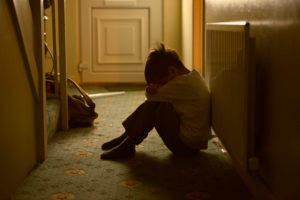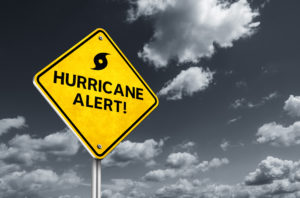
As we go through an active hurricane season, experienced floods, and dealt with wildfires, keep in mind disasters are not only stressful events for adults, but also for children.
After a disaster, children may develop symptoms of anxiety, depression, and post-traumatic stress disorder. Unfortunately, emotional stress from a disaster can be even harder on children because they:
- Understand less about the situation;
- Feel less able to control events;
- Have less experience dealing with stressful situations; and
- May not be able to communicate their feelings, such as fear or anxiety.
Children with previous traumas or have a pre-existing mental, emotional, developmental, or behavioral disorder can be particularly vulnerable before a disaster occurs.

Here are ways to help children cope with a disaster:
Before:
- Discuss plans for emergencies and include children in creating emergency supply kits and emergency action plans.
- Have a plan to reunite with family members as children may be separated from their caregivers during an emergency. If family members cannot return to their home, having an alternative meeting location, such as a community center, can help them reunite after a disaster.
- Learn about safety drills taking place in the child’s school or early care and education facility from the administrators and safety officials. Since drills vary by state, you can also look on your state’s Department of Education web page. Talk with the child’s teacher or early care and education professionals about how to help the child see safety drills as empowering rather than frightening.
After:
- Answer the child’s questions truthfully in a way that they can understand. You can also correct misinformation about the event.
- Set an example for the child by managing stress and returning to normal routine and encouraging them to do the same. Proceeding with a normal daily routine, such as eating meals as a family or returning to school and work, can help reduce stress.
- If the child’s routines and environment are disrupted, and if unable to provide the same consistent care as before, talk about the changes, how long they will last, and what is being done to create routines and structures.
- Give the child opportunities to talk about what they went through, or what they think about it. Encourage to share concerns and ask questions.
- Allow the child to be with a trusted adult who can help them feel safe and calm and give them a sense of hope. Children can handle disruptions in care better if they know they are temporary.
- Limit exposure to media coverage of the disaster and its aftermath. Children who are directly exposed to a disaster can become upset again if they see or hear reminders of what happened.
- Work with teachers and other adults, who see the child in different situations, to share information about how they are coping. [source]
